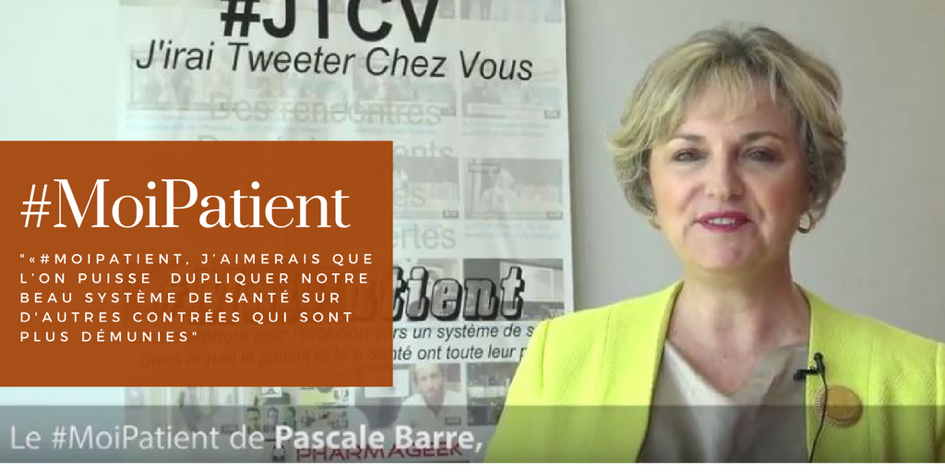La santé sur mobiles, un sujet pour Bruxelles
13/04/2014Telemedicine Speeds Stroke Diagnosis
13/04/2014mHealth is hitting its growth phase at the same time the healthcare industry is grappling with how to move from volume-based to value-based care funding models
We are reaching a unique and crucial point of convergence in this country and the opportunities and timing are ripe for mobile health.
For example, at one end we have over half of the U.S. population now carrying a smartphone of one flavor or another. At the other we have growing population health issues – consider this, by the year 2025 it is predicted that half of those age 65 or older will have at least 2 chronic diseases they will need to manage.
Where these two points meet could be critical to how we will deliver healthcare in the near future.
Today’s methods for monitoring and treating multiple chronic diseases and health in general will have to change. There is clearly a need for a more innovative approach to dealing with these challenges and mobile health (or mHealth) technology is positioning itself to be that innovative approach.
Mobile health (or more specifically mobile applications known as ‘apps’) hopes to bridge the gap between where we are and where we need to be. Dr. Eric Topol (a high profile effective evangelist in this mHealth field) has said, “these days I am prescribing as many apps as I am medications.” The future is clearly here.
As a result, mHealth is hitting its growth phase at the same time the healthcare industry is grappling with how to move from volume-based to value-based care funding models. mHealth offers not only the ability to make physicians more scalable across a broader number of patients but mHealth can clearly help influence how healthcare may be delivered.
The mobile health application space is literally evolving and taking shape before our eyes and with that much change occurring that quickly it can be difficult to get your bearings and know where to start.
A Structured Approach is Needed
What is needed now is the right strategy, the right framework. That’s what makes the mHIMSS Roadmap model so interesting.
We as a healthcare industry need to ensure that we are approaching mobile health not only with eyes wide open but to make sure that we are adopting processes that will last and are not just the glittery tech jewels of the moment. There are practices that can be leveraged from existing concepts like how pharmaceuticals are prescribed and how biomedical devices are integrated. mHealth allows providers to completely adapt to a new care setting – the home, the office, or wherever.
That drives a number of questions that we can easily think of and many that we might not consider. By using the mHIMSS Roadmap framework we can discover a number of other questions I hadn’t thought about yet.
At its core a good mobile health strategy will consider:
Device integrationData standardsData integration back into the EMRPhysician workflow and usefulnessApp usability by the patient
In short, there needs to be a practical use case with which to start and it always starts with either the patient or the physician.
That leaves us with some interesting decision points. Do you create a flexible strategy and then implement pilot projects within the framework? Or do you make one ‘digital pathway’ work from patient back to the EMR as a proof of concept?
We all have a lot of work ahead of us. Now it’s time to roll up our sleeves and get down to it.
See on www.himss.org




